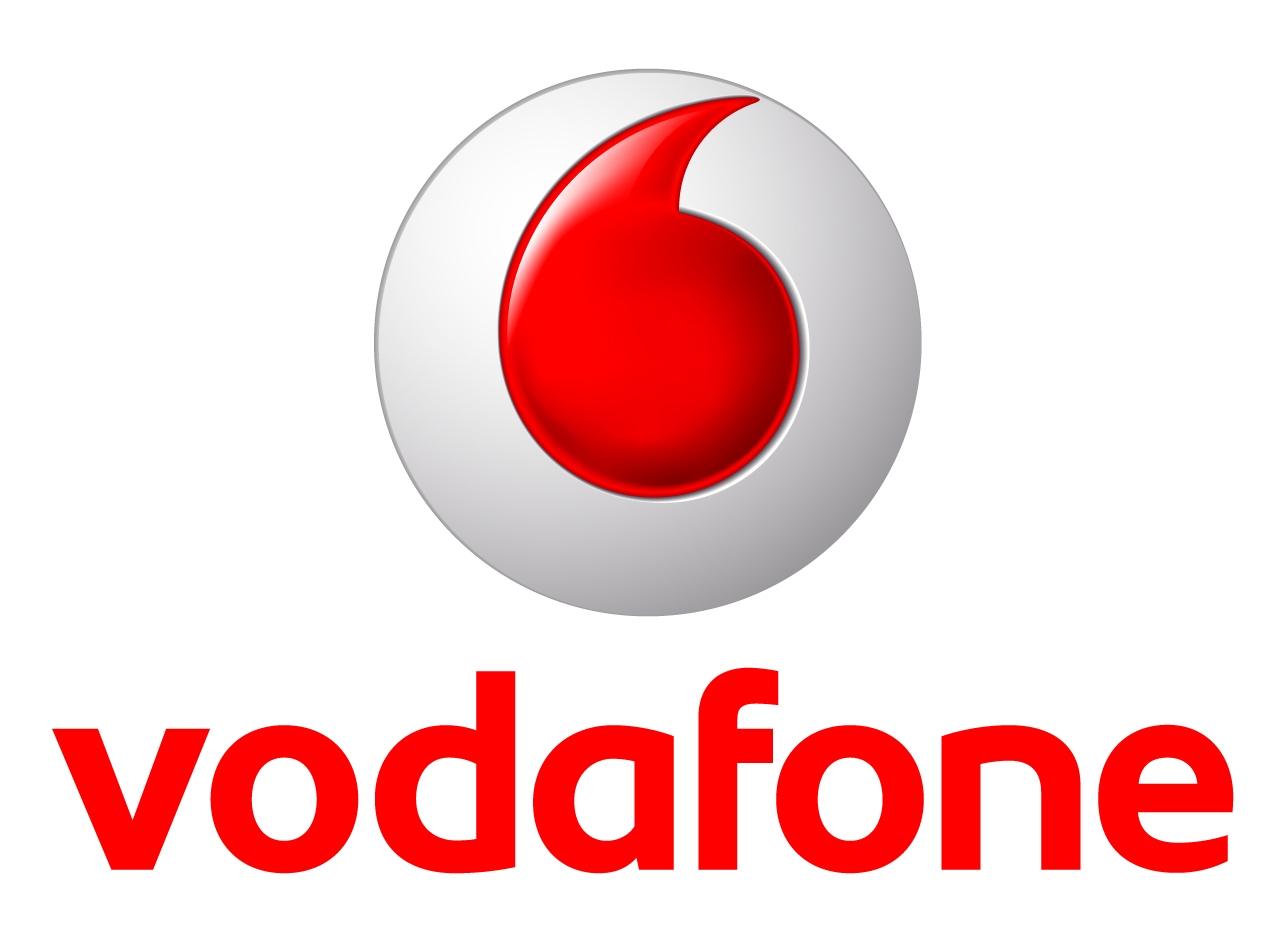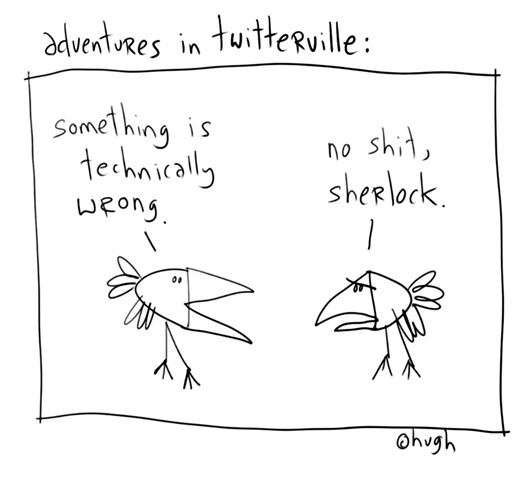 Last week, I moderated a panel at Mobile 2.0 Europe in Barcelona on “How to Make Money as a Developer”. Interestingly, there was no developer on the panel… 😉 However, there were representatives from Orange’s Partner Programme and from Telefonica, and I asked them if they would move from the “classic” 50/50 carrier revenue share (no one confirmed or denied the accuracy of that classic share of course) and, whilst they were clearly not willing to confirm anything (they probably couldn’t, to be fair), they did indicate that a revision of legacy models was under way in view of the not so new anymore challenges of app stores with their – now prevailing – 70/30 split in a developer’s favour.
Last week, I moderated a panel at Mobile 2.0 Europe in Barcelona on “How to Make Money as a Developer”. Interestingly, there was no developer on the panel… 😉 However, there were representatives from Orange’s Partner Programme and from Telefonica, and I asked them if they would move from the “classic” 50/50 carrier revenue share (no one confirmed or denied the accuracy of that classic share of course) and, whilst they were clearly not willing to confirm anything (they probably couldn’t, to be fair), they did indicate that a revision of legacy models was under way in view of the not so new anymore challenges of app stores with their – now prevailing – 70/30 split in a developer’s favour.
This week, Vodafone came out a little more openly: at MEM, their Content Services Director pondered to
give […] it back to the developers to let them monetise it.
The big one then followed. She said – and this must be close to an industry-first – that carriers
don’t necessarily have to drive towards revenue for all of that content.
And that is the real point: I have long been arguing that the real value of (great) content to carriers may not lie in incremental revenues (be it 50% or 30%) but in softer albeit much, much more important values, namely marketing, positioning as well as customer retention.
 An example: a couple of years ago, we shipped a whole suite of X-Men 3 content, game, wallpapers, tones, you name it. The launch was, of course, around the movie launch (which was tremendously successful) and we had carefully crafted marketing plans including many brand partners (20th Century Fox, Activision, Panini, etc). We managed to drive some exceptional campaigns to which carriers in a lot of countries contributed serious marketing dollars. Did they do this in order to obtain an SMS-margin-matching ROI? Not in the strict sense. To them, this was brand extension and affiliation. And, boy, did it work!
An example: a couple of years ago, we shipped a whole suite of X-Men 3 content, game, wallpapers, tones, you name it. The launch was, of course, around the movie launch (which was tremendously successful) and we had carefully crafted marketing plans including many brand partners (20th Century Fox, Activision, Panini, etc). We managed to drive some exceptional campaigns to which carriers in a lot of countries contributed serious marketing dollars. Did they do this in order to obtain an SMS-margin-matching ROI? Not in the strict sense. To them, this was brand extension and affiliation. And, boy, did it work!
Carriers biggest trouble is ARPU and customer churn. I am not sure about the latest numbers but for years the annual churn was reaching towards a third. And that is real money. If you can reduce churn by only a few points if you provide your users with great content services, you will see your money back many times. It is (brand) marketing, not incremental revenues that make it.
Now, as long as the content guys have revenue targets, the (normally very mighty) CFO of a carrier will ask painful questions on ROI and margins; and they will always come up short. Classify it as a marketing task though, and you’re looking really good: effective marketing that should yield measurable results at no cost. Hang on: at negative cost. How cool is that? I know that many a content guy at a carrier agrees with me here. Would they ever admit as much in public? You must be kidding me.
It is therefore good to see that Vodafone starts thinking publicly about alternative approaches with a view to strengthening and/or supporting their core business. Now put it in motion, folks! 🙂
 The ever industrious Rudy de Waele and his team are staging the next version of Mobile 2.0 Europe in beautiful Barclona on 16/17 June 2011. Last year’s version was awesome but this year they seem to have upped the ante significantly again. Staged in Telefonica’s mindblowing R&D centre Diagonal 00 (just look at the picture, for heaven’s sake!) and boasting a speaker line-up that should everybody get going!
The ever industrious Rudy de Waele and his team are staging the next version of Mobile 2.0 Europe in beautiful Barclona on 16/17 June 2011. Last year’s version was awesome but this year they seem to have upped the ante significantly again. Staged in Telefonica’s mindblowing R&D centre Diagonal 00 (just look at the picture, for heaven’s sake!) and boasting a speaker line-up that should everybody get going!
 Last week, I moderated a panel at
Last week, I moderated a panel at  An example: a couple of years ago, we shipped a whole suite of X-Men 3 content, game, wallpapers, tones, you name it. The launch was, of course, around the movie launch (which was tremendously successful) and we had carefully crafted marketing plans including many brand partners (20th Century Fox, Activision, Panini, etc). We managed to drive some exceptional campaigns to which carriers in a lot of countries contributed serious marketing dollars. Did they do this in order to obtain an SMS-margin-matching ROI? Not in the strict sense. To them, this was brand extension and affiliation. And, boy, did it work!
An example: a couple of years ago, we shipped a whole suite of X-Men 3 content, game, wallpapers, tones, you name it. The launch was, of course, around the movie launch (which was tremendously successful) and we had carefully crafted marketing plans including many brand partners (20th Century Fox, Activision, Panini, etc). We managed to drive some exceptional campaigns to which carriers in a lot of countries contributed serious marketing dollars. Did they do this in order to obtain an SMS-margin-matching ROI? Not in the strict sense. To them, this was brand extension and affiliation. And, boy, did it work! Juniper Research, makers of research and publishers of mindblowingly big 5-year-predictions recently released a
Juniper Research, makers of research and publishers of mindblowingly big 5-year-predictions recently released a  Mash-ups can already be seen between different kind of applications the report mentions (and, most notably, with some it didn’t mention at all): E.g. FourSquare or Gowalla are service that utilise presence (allowing your friends to see where you are). You can also share it via social networks and contact these friends (perhaps to ask them if they want to meet up as they are only 2 blocks down the road) but they have also added gaming elements (mayor of Oxford Circus or Union Square anyone?), and it was these latter ones that arguably gave the edge to the service and lifted them over and above many similar location-aware apps. The combination of a variety of the feature sets Juniper identified as being distinctly “2.0”, namely presence, social, and geo-location with other, “classic” products and services will unleash an even greater power: playful social interaction is not necessarily confined to “classic” games:
Mash-ups can already be seen between different kind of applications the report mentions (and, most notably, with some it didn’t mention at all): E.g. FourSquare or Gowalla are service that utilise presence (allowing your friends to see where you are). You can also share it via social networks and contact these friends (perhaps to ask them if they want to meet up as they are only 2 blocks down the road) but they have also added gaming elements (mayor of Oxford Circus or Union Square anyone?), and it was these latter ones that arguably gave the edge to the service and lifted them over and above many similar location-aware apps. The combination of a variety of the feature sets Juniper identified as being distinctly “2.0”, namely presence, social, and geo-location with other, “classic” products and services will unleash an even greater power: playful social interaction is not necessarily confined to “classic” games: For instance did Ford take it a step further with the latest model of the Fusion Hybrid: they put something akin to a
For instance did Ford take it a step further with the latest model of the Fusion Hybrid: they put something akin to a  It is this time of the year where people start looking forward (and back) and come up with clever analyses of things we have always known and those that we haven’t. And because Europe has always (?) been the thoughtful and fashionably skeptic part of the world, it is that one of the leading newspapers, the Guardian,
It is this time of the year where people start looking forward (and back) and come up with clever analyses of things we have always known and those that we haven’t. And because Europe has always (?) been the thoughtful and fashionably skeptic part of the world, it is that one of the leading newspapers, the Guardian,  Social media (Twitter included) is nothing in itself, it merely defines a group of tools. Therefore, it is not the emperor’s new clothes, it is – if anything – the emperor’s new herald: if the emperor has nothing new, interesting, noteworthy to tell, it will remain as dull and meaningless as before but social tools actually allow you to filter, to focus, to spread noteworthy, sensible and truly good stuff to a group of people that is much larger than you could have reached before at a cost that is (per capita and in toto) much lower than before. And that means it is one cool tool!
Social media (Twitter included) is nothing in itself, it merely defines a group of tools. Therefore, it is not the emperor’s new clothes, it is – if anything – the emperor’s new herald: if the emperor has nothing new, interesting, noteworthy to tell, it will remain as dull and meaningless as before but social tools actually allow you to filter, to focus, to spread noteworthy, sensible and truly good stuff to a group of people that is much larger than you could have reached before at a cost that is (per capita and in toto) much lower than before. And that means it is one cool tool! As with every tool (say, a hammer), social tools are more useful, the easier and intuitive they are to use. If it is self-explanatory on how to extract something positive (e.g. to get that bloody nail into that bloody board), the better (and if you can do it without walking away with a bloody thumb, even better). At the moment, many people walk away from Twitter because of a bloody thumb. But would you dismiss a hammer only because you hit yourself? Probably not. Unless you find a better hammer of course…
As with every tool (say, a hammer), social tools are more useful, the easier and intuitive they are to use. If it is self-explanatory on how to extract something positive (e.g. to get that bloody nail into that bloody board), the better (and if you can do it without walking away with a bloody thumb, even better). At the moment, many people walk away from Twitter because of a bloody thumb. But would you dismiss a hammer only because you hit yourself? Probably not. Unless you find a better hammer of course…